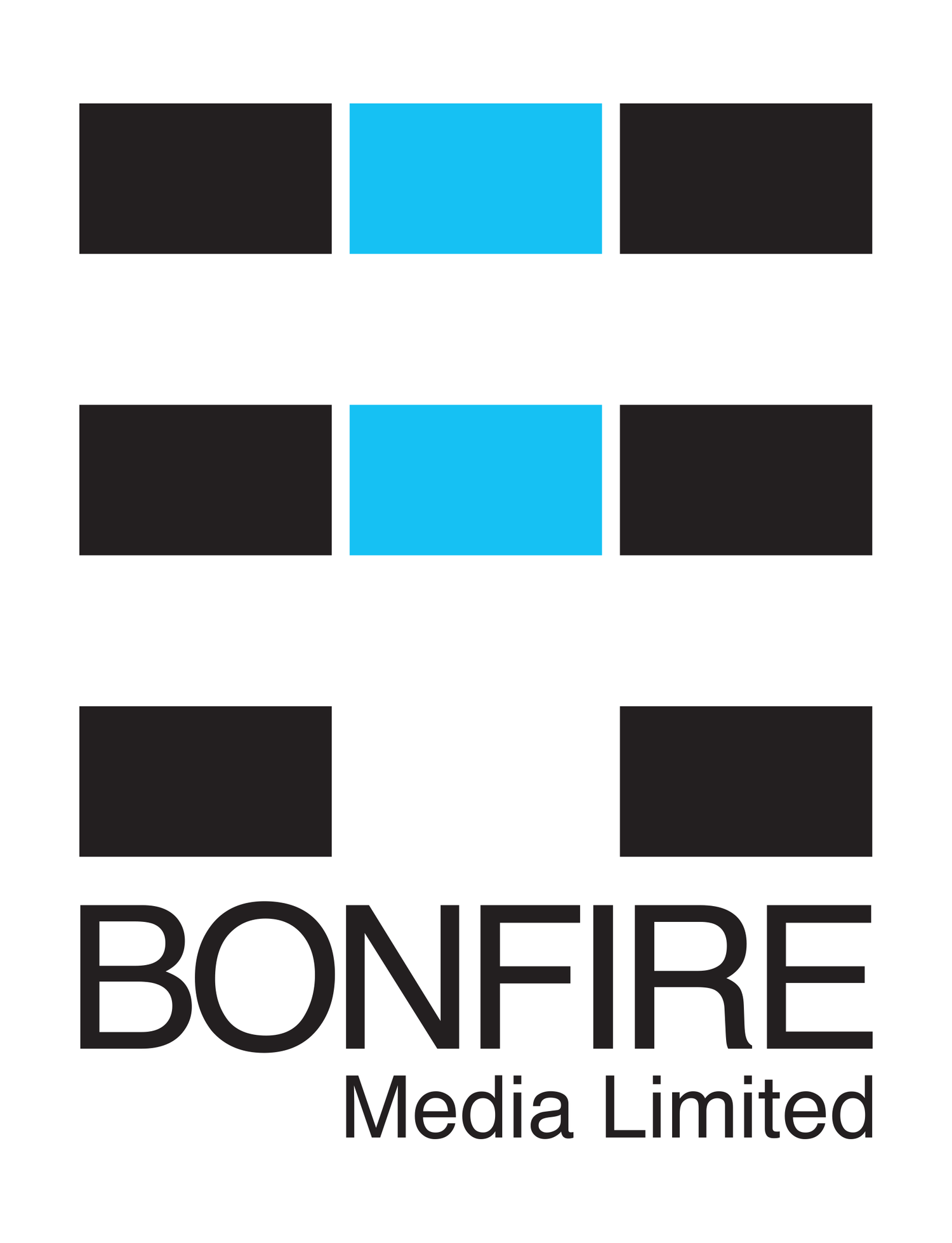This module will give you a strong, foundational understanding of the user experience design process. You’ll learn that UX design is a problem-solving discipline, focused on building products that solve problems for the user. You’ll also get a clear sense of the role of research in design, which will be explored fully in Module 2.
Topic include:
User Experience Design
Functional Design
Product Design
Design Challenges
Prototyping











